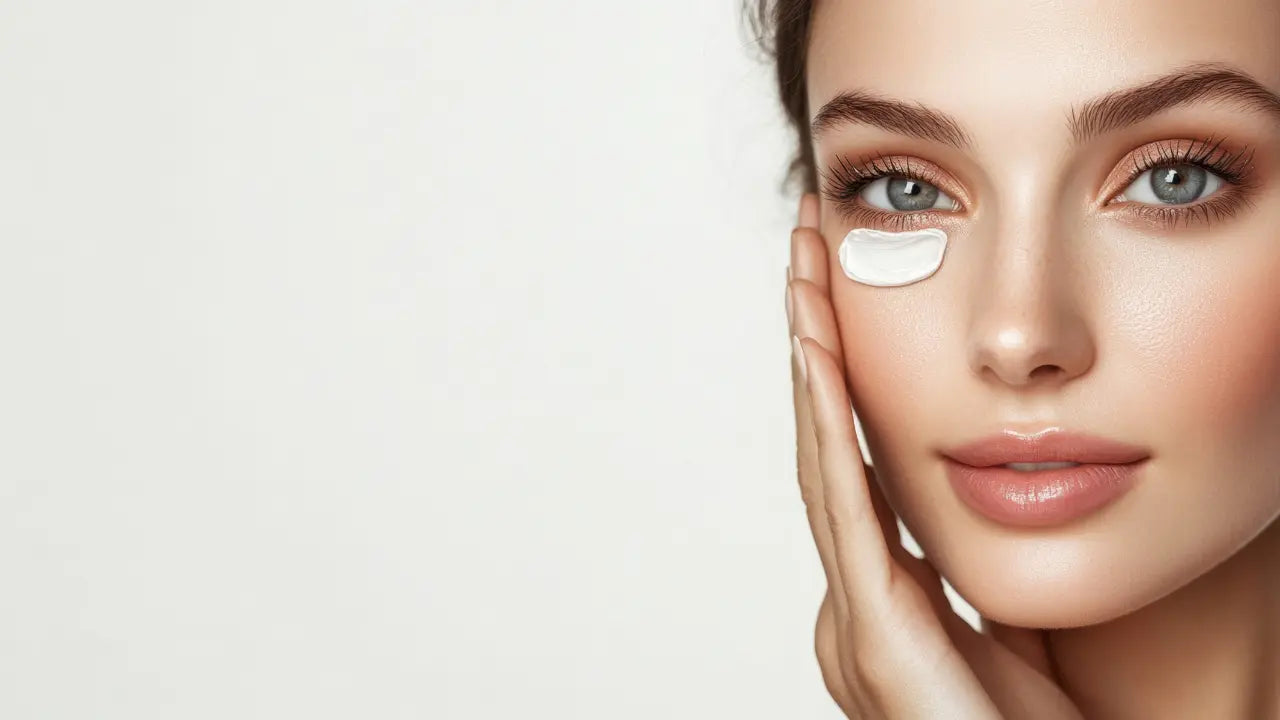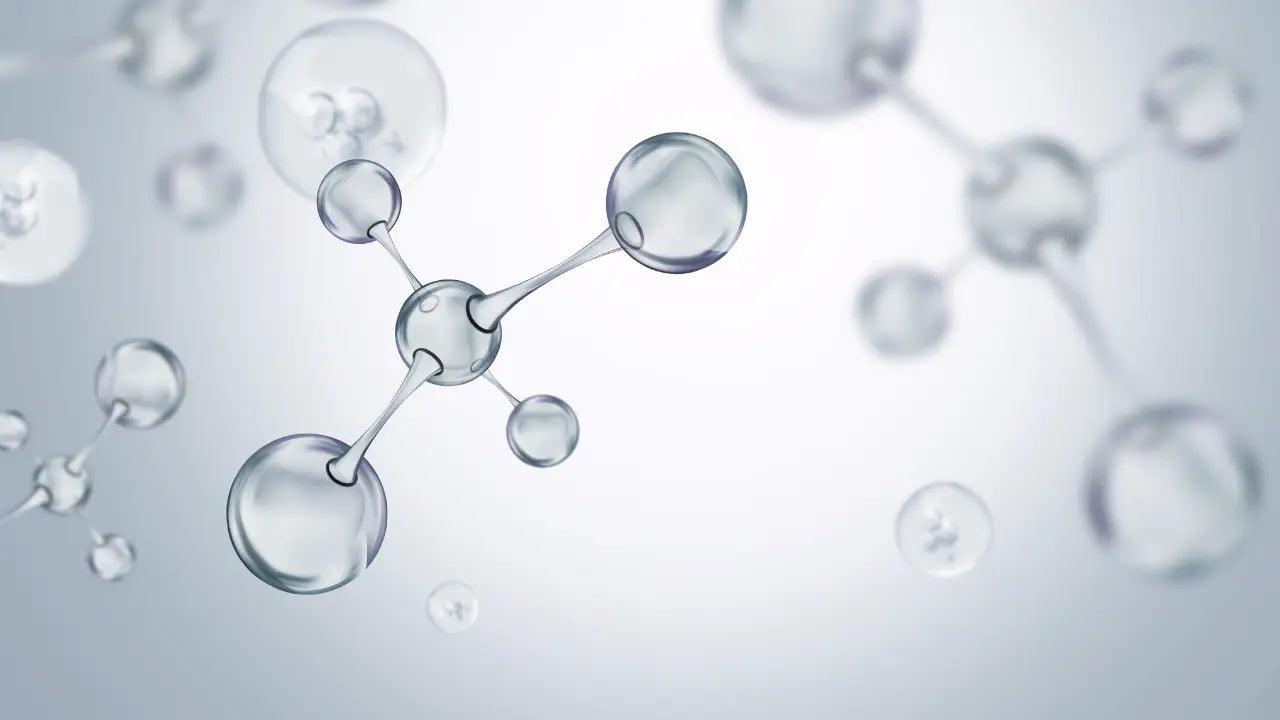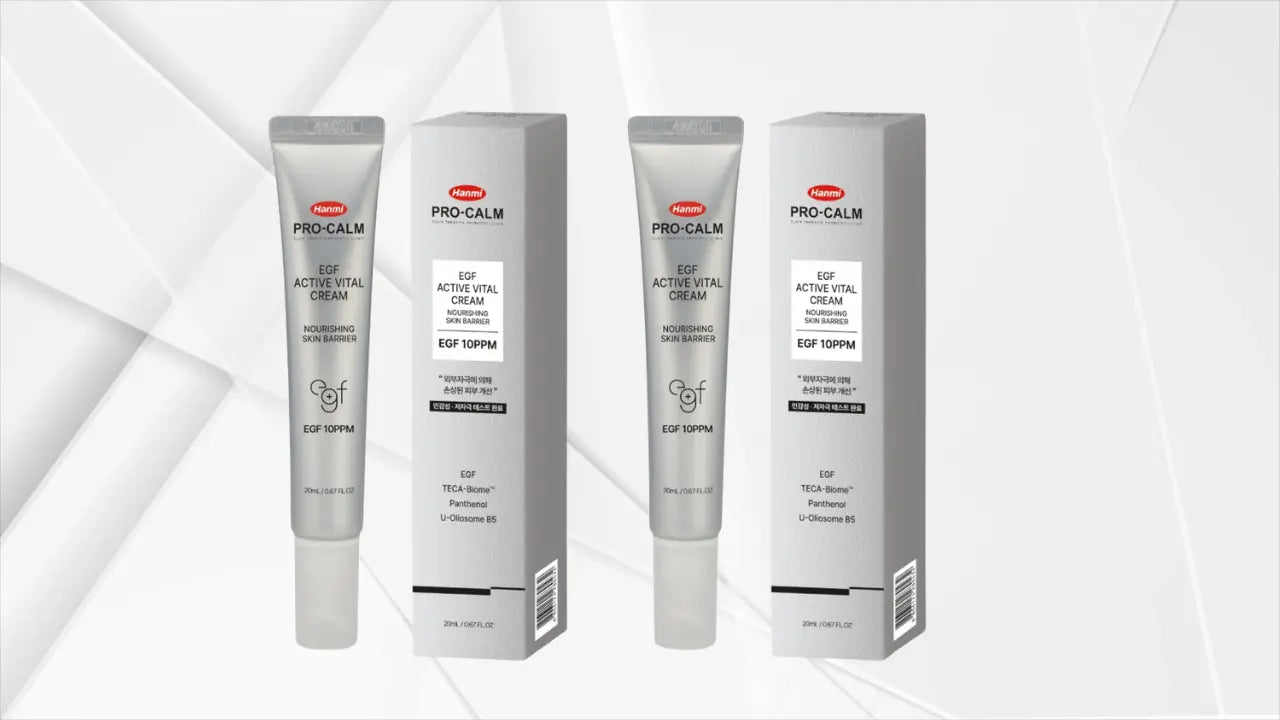D panthenol is the focus of this guide because D panthenol shows up in a surprising number of moisturizers, serums, and post-procedure products where soothing and hydration matter most. Also called dexpanthenol or provitamin B5, it is prized for how gently it sits on sensitive skin while helping the outermost layers feel calmer and better moisturized. I treat it as a “comfort ingredient”—reliable, simple, and easy to pair with the actives you already use.
What is D panthenol?
At its simplest, D panthenol is the biologically active form of panthenol, a provitamin that the skin can convert to pantothenic acid (vitamin B5). You’ll see it in ingredient lists at low single-digit percentages, often combined with humectants and emollients to make lightweight lotions feel more comfortable and thicker balms feel less greasy. Safety assessments by the Expert Panel for Cosmetic Ingredient Safety support its use in today’s cosmetic products when formulated as directed, which is why you’ll find it across cleansers, toners, creams, and ointments rather than just in pharma-adjacent formulas. PubMed
In day-to-day use I notice two things: skin holds onto water a bit better and feels less reactive after cleansing, sun, wind, or indoor heating. That “settled” feeling tracks with emerging data showing panthenol may help short-term barrier recovery after irritation or energy-based treatments. In one recent post-laser context, a panthenol-enriched mask decreased visible redness, improved hydration, and appeared to support barrier repair—reassuring if you occasionally overdo it with exfoliants or devices. While individual mileage varies, it’s a nudge toward comfort rather than a dramatic before-and-after. pmc.ncbi.nlm.nih.gov
Key ingredients & how it works
Although marketing often lumps panthenol into catch-all claims, I think of it as a flexible humectant-conditioner that plays well with others. In skin that’s dry or easily irritated, it’s used to draw and hold water in the stratum corneum while helping the surface feel smoother. Clinical and review data in sensitive and atopic-prone skin suggest formulas with dexpanthenol can improve hydration and reduce transepidermal water loss during recovery windows—outcomes you can sometimes feel as a soft, less tight surface after a week of consistent use. pmc.ncbi.nlm.nih.gov
Synergies that make sense
Panthenol rarely works alone in my routine. With hyaluronic acid or glycerin, it adds breadth to the “water-holding” team so skin doesn’t feel plumped in one moment and parched the next. With ceramides, cholesterol, and fatty acids, it sits in the background while those lipids rebuild the mortar of the barrier. When skin is truly cranky, I like pairing a panthenol-containing hydrator with an ointment-like finisher on the areas that need extra help; for that specific job, a spot-friendly soothing ointment cream can seal in the benefits without perfumey distractions and may feel especially helpful around the nose or chin after colds or retinoid missteps (see CellFusionC Centecassol Ointment Cream for that texture and intent).
When to be cautious
Because panthenol is generally well tolerated, most people won’t notice any drama; still, patch testing on the jawline or behind the ear is smart if your skin reacts to everything. If you’re acne-prone and using richer textures, keep the focus on how the whole formula behaves rather than the single ingredient; comedogenicity is about the vehicle, application amount, and context. If you’re pregnant or nursing, panthenol itself is widely used in topical care; talk with your clinician about your specific routine if you’re layering other actives.
Types of products and how to choose
If your T-zone is oily but your cheeks feel tight, a lotion or gel-cream with panthenol will usually deliver that slip-to-comfort balance without the heavy film. For combination or barrier-impaired skin, a balm or ointment-adjacent cream creates a gentle shield for colder months or retinoid nights. In controlled comparisons on dry, sensitive hands, a dexpanthenol hand cream improved stratum corneum hydration and regulated water loss after both a single application and several weeks—results that mirror what many of us feel when moving from a light lotion to a more substantial cream in winter. It’s a useful clue that the vehicle and concentration both matter. MDPI
When pores look angry and the area around breakouts needs comfort more than aggression, a panthenol-forward balm for angry pores such as the Kioskin Acne Cream D-Panthenol Pore Trouble Cica Balm can be a strategic choice for nights when you dial back acids and benzoyl peroxide. If fragrance is an issue, aim for fragrance-free or essential-oil-free SKUs; these small tweaks often determine whether “soothing” actually feels soothing.
For hot, humid climates, look for panthenol at one to three percent in lighter emulsions that vanish quickly. In cold, windy conditions, a cream with lipids plus panthenol will feel more convincing. Packaging matters too; pumps tend to keep gels fresher, while tubes and jars are fine for thicker balms you’ll use up within a season.
Who it’s for—and when to be cautious
I reach for panthenol when I’ve been inconsistent with moisturizers, traveling between dry airplane air and damp cities, or testing a new retinoid. Dry skin types appreciate it because it adds water first, then plays nicely under richer, occlusive finishes. Redness-prone or reactive skin can benefit from the gentle hydration without the tingle that some actives bring. If rosacea or atopic tendencies are in the picture, panthenol is often part of “boring but effective” routines.
For readers who want a calm, cica-leaning option during flare-ups, a gentle cica moisturizer for redness-prone skin such as Dr.G Red Blemish Cica Soothing Cream fits the brief and layers well after a watery hydrating step. If you’re managing post-procedure dryness or seasonal irritation, stick with non-exfoliating textures for a couple of weeks and watch how your skin responds rather than chasing overnight transformation.
People with very oily, congestion-prone skin may prefer panthenol in serums or fluids that don’t add extra occlusion. Those allergic to specific preservatives, plant extracts, or fragrances should scan the full INCI since panthenol is rarely the culprit; it’s the formula around it that makes or breaks tolerance.
How to use D panthenol in a routine
In the morning, I like a mild cleanse, a watery hydrating step, my panthenol product, and sunscreen once the moisturizer settles. At night, I swap sunscreen for a more protective finisher if my skin feels rough or tight. Dermatology guidance for moisturizers emphasizes layering humectants with emollients and occlusives to both draw in water and reduce water loss; panthenol plays the humectant-conditioner role in that trio, so don’t be afraid to “sandwich” it under a lipid-rich cream when the air is dry. Америкийн Сувилагчдын Академи
When you want a heavier seal—say you’re on tretinoin or you’ve over-exfoliated—a rich barrier cream for nighttime sealing such as AESTURA ATOBARRIER365 Cream can lock in hydration without a sticky finish. On oilier days or in summer, switch to a lighter gel-cream and keep the panthenol step thinner; your sunscreen will add enough occlusion. If you’re introducing retinoids, use panthenol in the first two weeks to offset adjustment dryness and then taper as your skin acclimates.
Two friendly rules keep routines steady. Patch test first on a small area for two to three days before full-face use. And avoid piling actives on the same night; panthenol layers safely with most ingredients, but your barrier has limits if you combine strong acids, retinoids, and exfoliating toners just because they’re available.
Comparisons & FAQs
People often ask how panthenol compares with ceramides or hyaluronic acid. I treat ceramides as the bricks and mortar you deploy when the wall itself needs rebuilding, while hyaluronic acid is a thirsty sponge that plumps fast but evaporates without help. Panthenol sits between them: more conditioning than a pure humectant, less structural than lipids, and happiest when it’s part of a team. If you prefer a lighter finish but still want barrier-minded care, a light yet barrier-minded hydrator like Physiogel Hydro Cica Soothing Cream can be an easy daily driver.
Is panthenol good for acne? It isn’t an acne treatment, but it can help you keep using acne actives by making the routine more tolerable. Watch for comedogenic thickeners if you’re extremely prone to congestion and prefer gel-cream vehicles. Is it safe in pregnancy? As a cosmetic ingredient, panthenol is widely used in topical moisturizers; discuss your whole regimen with your healthcare provider if you have questions about specific actives or prescriptions. Can it help after procedures? Short-term comfort support is where it tends to shine, with post-treatment masks and creams frequently relying on it alongside lipids and film-formers; evidence points to calmer, better-hydrated skin during recovery windows rather than a dramatic transformation. pmc.ncbi.nlm.nih.gov
Finally, where does a thicker, occlusive step fit? When skin is fragile, an ointment-style spot care finish on chapped corners or along the nose helps keep water in while everything else does its job. That’s where a product like CellFusionC Centecassol Ointment Cream can be more comfortable than petrolatum alone and easier to blend under makeup.




